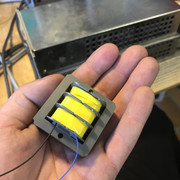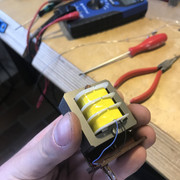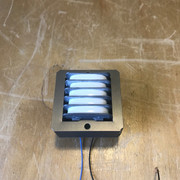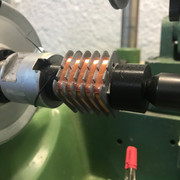jensenmann
Well-known member
A friend started winding replacement inductors for V76s some month ago. We measured some of his coils a few weeks ago and they seem to be spot on within specs. I´ll invite him to pass by in this thread as he´s a member her, but not posting much. Maybe he can contribute a bit.







